I am trying to repurpose a replica GPO 746 using a Raspberry Pi, however the rotary mechanism is rather different to that in an original 746. The circuit has 12 LDRs arranged in an array (3 columns, 4 rows), a shutter attached to the dial, and an LED above the shutter. The shutter is arranged so that when the dial is rotated, a single LDR is illuminated by the LED. The finger stop incorporates a microswitch which powers the LED. I've included a rough circuit diagram below.
The row and column wires were previously connected to an HM9102D, however I cannot reliably replicate the setup using a Raspberry Pi. Reading the GPIO pins via multiplexing seems to have inputs triggered at random, even when the LED is off.
How can I reliably read the inputs from the dial?

simulate this circuit – Schematic created using CircuitLab